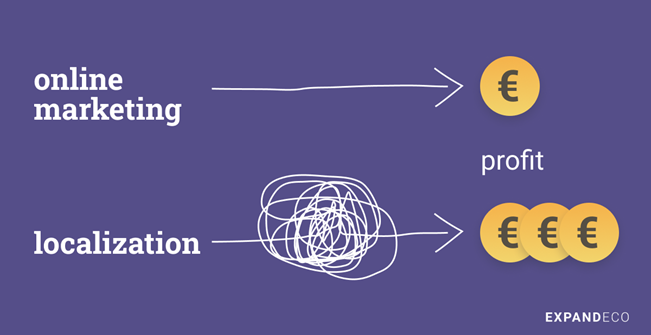Export Logistics
Every business is unique, requiring a different setup. With market analysis, you gain all the important data you need to build a successful delivery strategy. Today, there are a number of delivery services that focus their efforts on the European market and build a tailor-made service for you.
There are many to choose from, but you need to consider the following before you choose:
- transit time within countries
- speed of delivery
- number of attempts to redeliver the goods
- the rate of return for uncollected packages (so-called "No Show"), which are potentially linked to cashflow
- the method of paying by cash-on-delivery or the time of payment
- express delivery options
- extra services and charges
There is no clear-cut path to selecting a carrier, but there are metrics to work with in the selection process: volume, weight, package sizes, daily counts, information on atypical dimensions. In addition to the price itself, it is important that the courier service have experience with the commodity in question, especially relating to more sensitive equipment or large packages. Initial information can be provided by Greath Path, for example, which offers a high-end service tailored to each business.
You can also focus on delivery service satisfaction surveys, data and statistics on Cash-on-Delivery (COD), numbers of delivered, undelivered, No Show (No Show) packages, etc.
General statistics from couriers (data from autumn 2021), Peter Árva, Greath Path:
- Slovak Post: 64.5% COD, no show 5.0%
- Speedy Bulgaria: 79.0% COD, no show 11.0%
- Fan Courier Romania: 86.2% COD, no show 11.4%
- GLS HR: 65.0% COD, no show 3.4%
- OEX HR (overseas): 73.0%, no show 5.7%
- DHL express: 0.0% COD, no show 1.2%
Our tips and recommendation
It is also necessary to pay attention to the specifics of the regions – in the Balkan countries, for example, it is a common option that the courier waits until the customer opens the package, even trying out the goods with the possibility of direct return.
Compared to our country, there is a high percentage of packages paid on acceptance. Also watch out for public holidays and exceptional events in countries to make certain you get all the paperwork done within the declared or legal deadline. You may also encounter identical place names within a country, with Cyrillic being a common source of problems in international deliveries. When delivering to islands, it is often the norm that a ferry only goes there once a week.
In the context of foreign delivery, be prepared for a significantly higher percentage of undelivered parcels (compared to the Czech Republic and Slovakia, we are talking about tens of percent). In this case, we recommend, for example, an "SMS delivery notifications" service that informs you in advance of delivery. The service is paid, but there are far greater costs associated with an unclaimed parcel.
Don't forget that the delivery person is your company’s face, so you need to pay attention to them – also focus on reports, statistics and the control system. They will help you to identify any shortcomings and find a way to correct them as well as optimize your processes.









